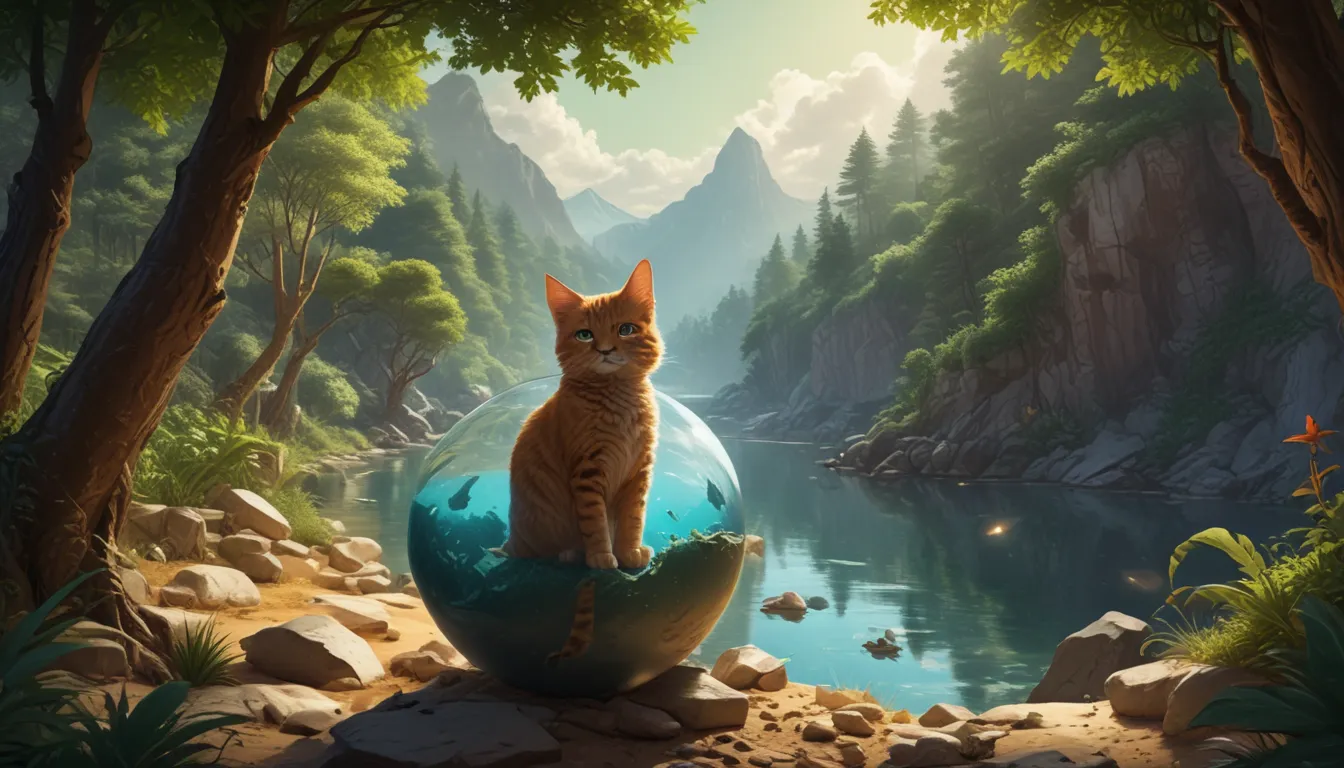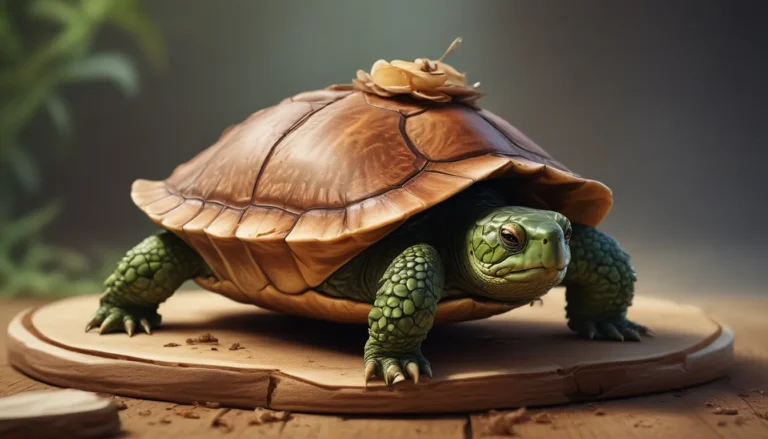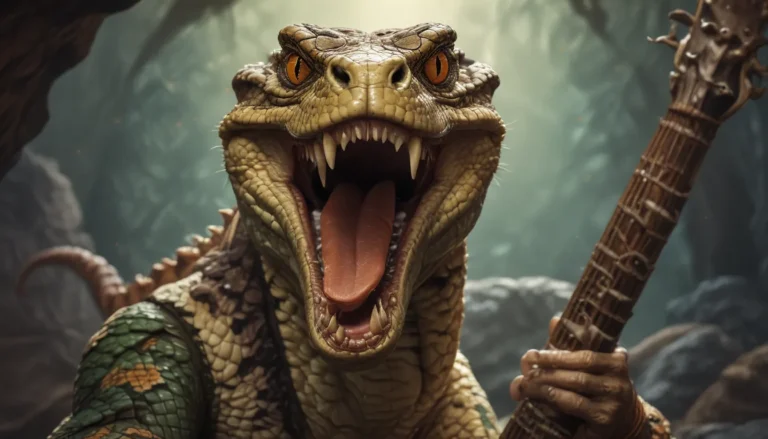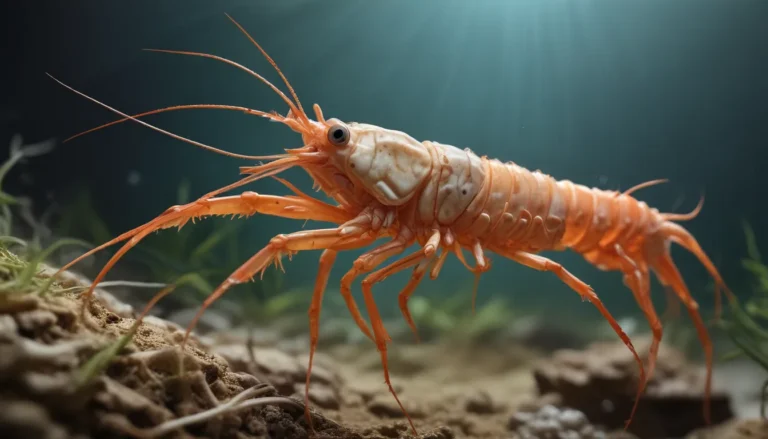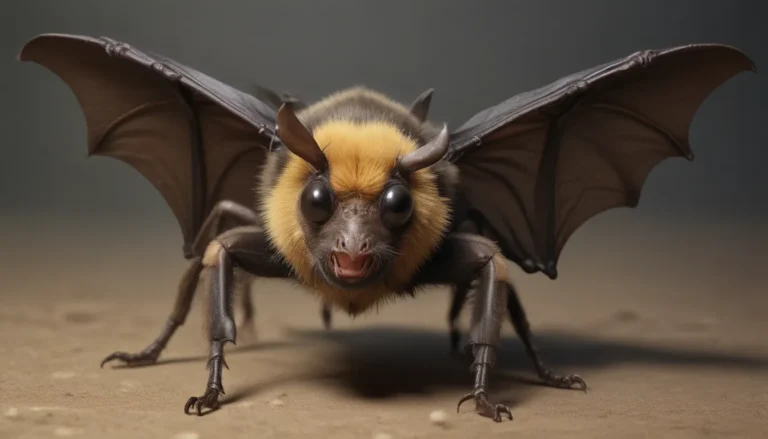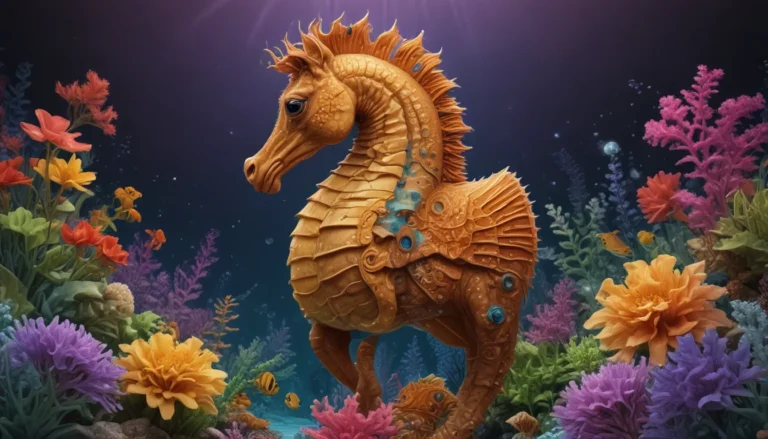The pictures we use in our articles might not show exactly what the words say. We choose these pictures to make you interested in reading more. The pictures work together with the words but don’t take their place. The words still tell you the important facts.
Welcome to the fascinating world of bobcats, the medium-sized wild cats native to North America. These exotic creatures, known scientifically as Lynx Rufus, captivate us with their distinctive appearance and remarkable behaviors. From their hunting prowess to their unique mating calls, bobcats are truly intriguing animals that inspire awe and admiration.
In this in-depth exploration, we delve into the world of bobcats, shedding light on their habits, characteristics, and significance in the ecosystem. Join us on a journey of discovery as we uncover the secrets of these elusive felines and gain a deeper understanding of their presence in the wild.
The Enigmatic Bobcat: An Overview
Bobcats, with their pointy ears and bobbed tails, hold a special place in the world of wild cats. Double the size of ordinary house cats but smaller than mountain lions, they exude an aura of mystery and grace. Despite their fierce appearance, bobcats are considered the friendliest of exotic cats, often bonding strongly with their owners.
Notably, bobcats are not typically dangerous to humans, with no recorded attacks. However, they exhibit ferocity when threatened, using their speed and sharp claws to defend themselves. These intriguing creatures are a testament to the wonders of the natural world, offering a unique perspective on the delicate balance of predator and prey.
Unveiling Bobcat Facts
Quick Facts
- There are approximately 12 known subspecies of bobcats.
- Female bobcats can give birth to one to eight kittens per litter.
- The average adult bobcat weighs around 8.6 kilograms.
- Bobcats have an average lifespan of seven years, rarely exceeding 10 years in the wild.
Essential Facts
- Bobcats are native to North America, with a population of around 2.6 million in the United States.
- They are skilled climbers and can leap over obstacles up to six feet tall.
- Bobcats typically mate by their second summer and are solitary creatures.
- Predators of bobcats include panthers, wolves, foxes, and humans.
- These creatures have keen eyesight and a strong sense of smell, aiding in their hunting abilities.
Interesting Facts
- Female bobcats can begin breeding as early as one year old.
- Bobcats are known for their direct register walk, placing their hind feet directly over their front feet.
- They can run at speeds up to 30 miles per hour and are excellent swimmers.
- Bobcats are not legal pets without proper permits.
- The tracks of a bobcat resemble those of a small dog, measuring around two inches in diameter.
The Hunt of the Bobcat
Bobcats excel in hunting in the wild, showcasing their agility and stealth in capturing prey. Despite their size, they can take down animals much larger than themselves, displaying their strength and adaptability in the wild. With a keen sense of sight and smell, bobcats stalk their prey with precision, using ambush tactics to secure their food source.
Male bobcats establish larger territories compared to females, marking their domain with scent markings and territorial displays. While they are solitary animals, bobcats may overlap territories and engage in territorial disputes to assert dominance. Despite their solitary nature, bobcats are social creatures within their own world, exhibiting complex behaviors and interactions.
The Enigmatic Bobcat: A Symbol of Resilience
As we unravel the mysteries of the bobcat, we uncover a world of resilience, adaptability, and strength. From their specialized hunting techniques to their intricate social structures, these creatures offer us a glimpse into the wonders of the natural world. Through their unique characteristics and behaviors, bobcats inspire us to appreciate the beauty and diversity of our planet's wildlife.
Join us in celebrating the enigmatic bobcat, a symbol of vigilance, patience, and survival in the wilderness. As we embrace these remarkable felines, we honor their place in the ecosystem and recognize the importance of protecting their habitats for future generations to enjoy. Let the spirit of the bobcat guide us in our journey of discovery and appreciation for the wonders of the natural world.
